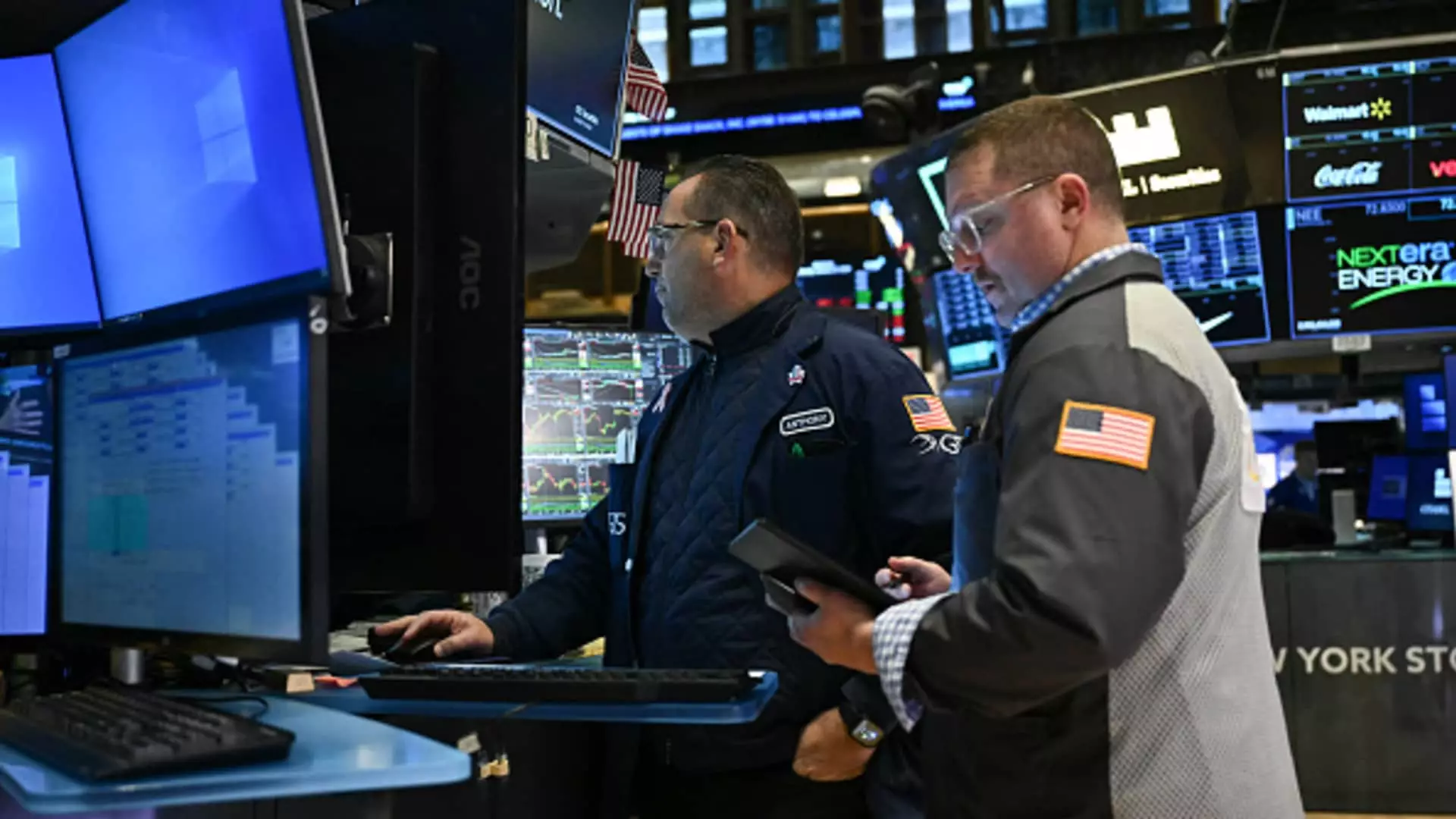As of the end of the first quarter of the year, the health care sector within the S&P 500 Index has outshone other industries, experiencing a year-to-date increase of approximately 6%. In contrast, the S&P 500 itself managed a more modest 2% gain. This notable disparity raises questions about the factors driving sector performance and whether health care can sustain this momentum moving forward. With continuous fluctuations in the market, investors are scrutinizing sector-specific trends, particularly focusing on companies like DaVita (DVA), which are showing signs of considerable growth.
One of the compelling indicators of the health care sector’s current strength is its improved momentum from both short-term and intermediate-term perspectives. Investors can observe this trend through various analytical tools, including the Relative Rotation Graph (RRG). The recent RRG analysis positions health care (represented by the SPDR ETF XLV) on a growth trajectory relative to the broader market, indicating that the sector is not only gaining traction but may also outpace the S&P 500 further into 2023.
A defining feature of the RRG is its clockwise rotation, setting the stage for potential sustained outperformance of the health care sector. This insight can be particularly advantageous for investors looking to capitalize on favorable market conditions as they navigate the landscape.
In this context, DaVita emerges as a standout performer with significant intermediate-term breakout potential. Recent price action indicates that DVA has successfully navigated a trading range breakout, signaling a strong revival of its long-term uptrend. This is particularly important for traders and investors, as the company’s stock has now generated a “buy” signal via the Moving Average Convergence Divergence (MACD) indicator.
Operational metrics suggest an upside potential for DVA, with Fibonacci analysis projecting a target price around $193. Notably, previous resistance levels in the $166-$168 range have now transformed into vital support areas. Investors should closely monitor these levels as a quick dip below could necessitate a reevaluation of fresh long positions. For those maintaining longer-term holdings, support positioned at the 200-day moving average, residing near $149, acts as a crucial threshold to gauge future performance.
DaVita’s stock performance in relation to the S&P 500 tells a promising narrative. After reversing a secular downtrend last year, the stock has thrust past the monthly cloud model, suggesting bullish long-term prospects. Similarly, the company’s relative strength indicates a potential for outperformance against the broader market in the upcoming months.
Investors who are keen on maintaining a position in DaVita should remain agile and keep an eye on continuing momentum and breakthroughs. With health care spending trends and population health dynamics seemingly favoring companies like DaVita, there may be further tailwinds to tap into this year.
Given the propensity for markets to change rapidly, it is prudent for investors to approach such analyses with caution. While DaVita presents an exciting opportunity amidst favorable sector performance, it’s essential to recognize that past performance is not necessarily indicative of future results. The insights provided should not serve as definitive investment advice, but rather, as a springboard for individual research and consideration.
Investment decisions should align with personal financial circumstances and objectives, emphasizing the need to consult with financial advisors. Awareness of market volatility and the unique risks associated with health care investments cannot be overstated.
As the health care sector continues to gain momentum and captivate investor interest, DanVita emerges as a promising entity for future investments. The technical indicators suggest a burgeoning environment for outperformance, provided that momentum remains. However, market participants must remain vigilant and informed, utilizing a comprehensive investment strategy that accounts for both the potential rewards and inherent risks of investing in an evolving landscape. As the year progresses, health care will undoubtedly present opportunities, and diligent investors stand to benefit from remaining attuned to these developments.

